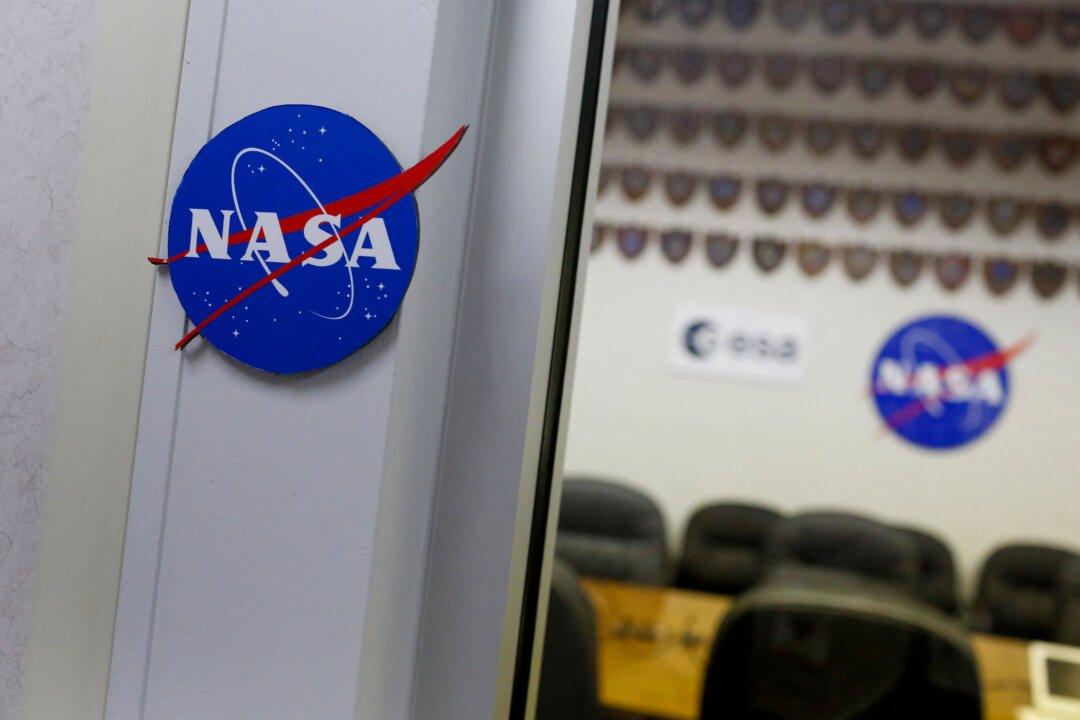NASA has revealed that five “potentially hazardous” asteroids, including three of which measure the size of commercial airplanes, are projected to make a close approach to Earth within days this week.
According to NASA’s Asteroid Watch, a dashboard tracking asteroids and comets that will make “relatively close approaches to Earth,” the largest among the asteroids is 170 feet long and is expected to pass by within 945,000 miles of our planet. The asteroid—dubbed “2023 QE8”—will fly by Earth on Sept. 10.





